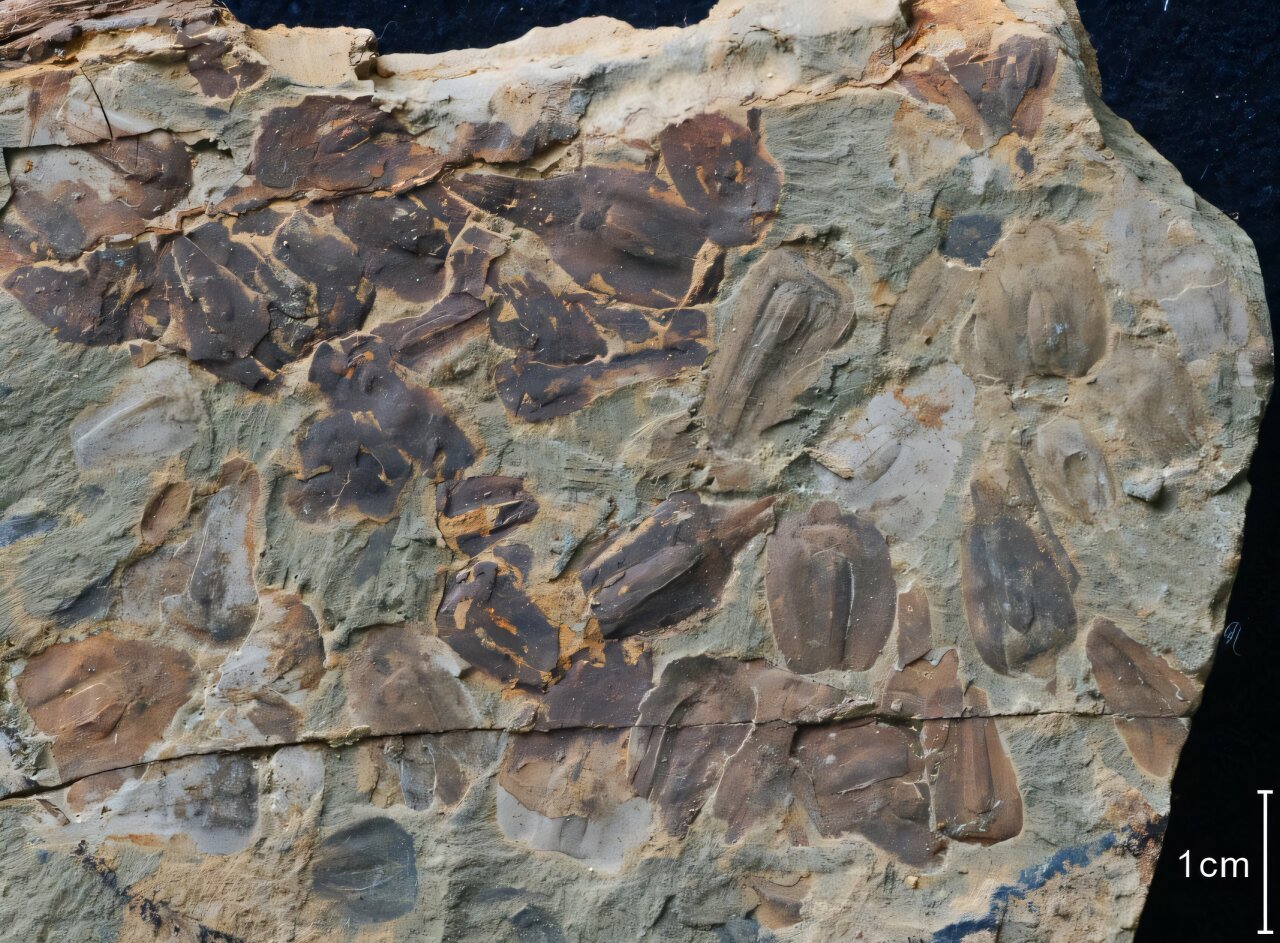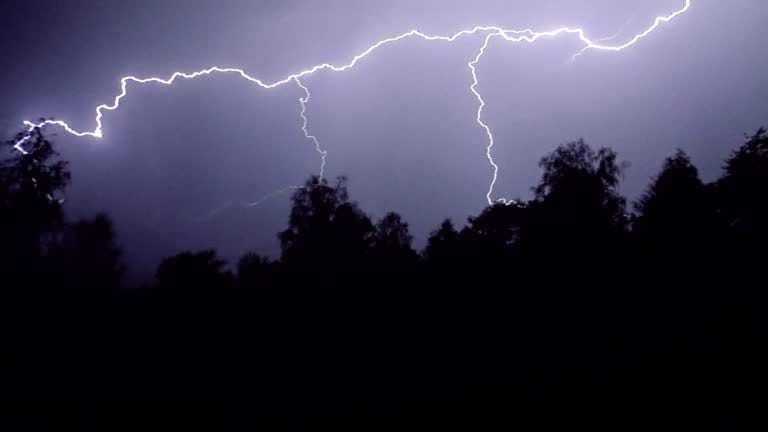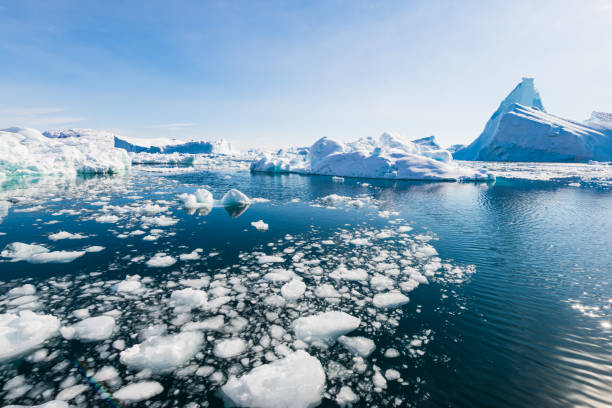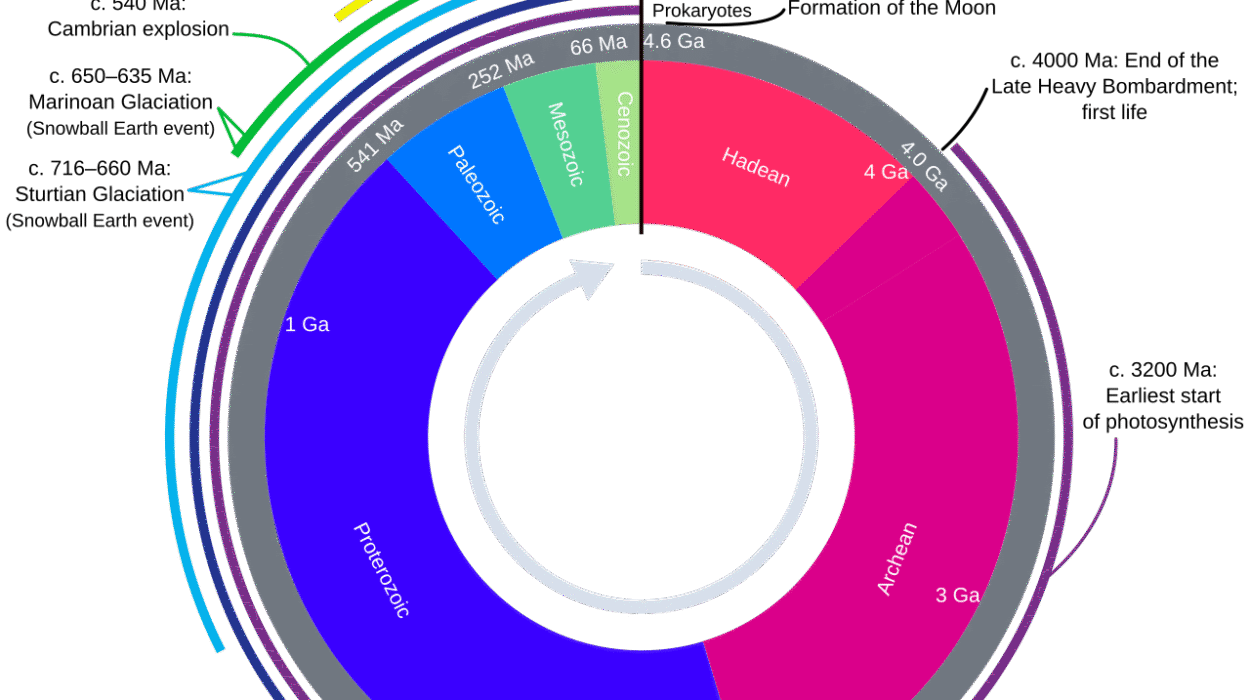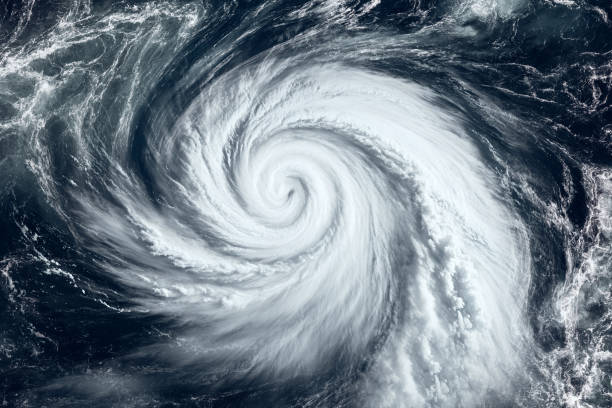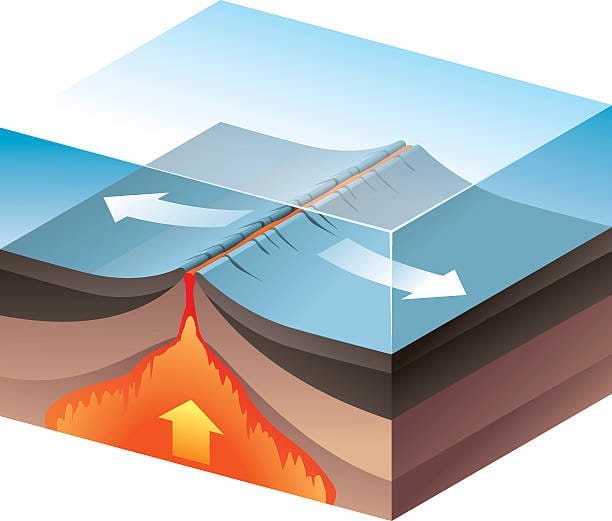252 million years ago, the world gasped its last breath—almost.
It was the dawn of the Permian–Triassic Mass Extinction, a cataclysm so vast it’s now simply called the Great Dying. Over 90% of marine species vanished. The majority of land animals perished. Coral reefs crumbled into oblivion. And deep in the heart of what are now fossilized sediments, something else disappeared—something green, something silent, something that would change the climate of the Earth for millions of years: tropical forests.
For decades, scientists have known that massive volcanic eruptions in Siberia ignited this global catastrophe. The Siberian Traps, as they are known, belched out carbon dioxide in volumes that defy imagination. The Earth turned into a furnace. But what puzzled researchers was what came after. Why, long after the volcanic fury faded, did the Earth remain so hot? What prolonged the fever for five million years?
Now, a groundbreaking new study published in Nature Communications offers an answer: the forests that once pulled carbon from the sky were gone—and with them, the planet’s natural cooling system.
Led by Dr. Zhen Xu of the University of Leeds and the China University of Geosciences in Wuhan, an international team of researchers has revealed how the collapse of ancient tropical forests not only worsened the initial extinction but also locked the planet into a prolonged state of global warming.
A Silent Carbon Sink Disappears
At the heart of the research lies a deceptively simple process: carbon sequestration. Plants absorb carbon dioxide during photosynthesis and store it in their tissues. Over time, this natural drawdown of atmospheric CO₂ acts as a brake on global warming.
But what happens when those plants vanish?
“In this extinction, we see something truly unique,” explains Dr. Xu. “It is the only moment in Earth’s deep history when tropical forests collapsed entirely. That gave us a hypothesis: if the forests disappeared, carbon sequestration would plummet—and warming would continue long after the volcanic activity stopped.”
Through innovative analysis of fossilized plants, geological clues from rock formations, and climate simulations, Dr. Xu and her team reconstructed a vivid picture of what happened to Earth’s plant life during and after the Great Dying. Their research reveals a drastic decline in vegetation productivity, particularly across the tropics, just as Earth needed its forests most.
The planet’s lungs had failed.
Fieldwork Across Forgotten Landscapes
The findings are built on a monumental effort—years of fieldwork across some of China’s most remote and revealing fossil sites. From misty subtropical forests to sunbaked deserts, from regions accessible only by boat to mountain paths trodden by horse, Dr. Xu and her colleagues followed the footsteps of three generations of Chinese paleontologists who have painstakingly cataloged the extinction’s imprint in stone.
“China holds the most complete geological record of the Permian-Triassic extinction on Earth,” says Professor Hongfu Yin, a pioneer in the field and one of the study’s senior authors. “We have a treasure trove of data that allows us to tell this story not just from the rocks, but from the biosphere itself.”
The team’s journey was not only geographical but also generational. Dr. Xu, now at the University of Leeds, builds on the legacies of her mentors, Professors Yin and Jianxin Yu. Together with British scientist Professor Benjamin Mills, they tested the fossil record against state-of-the-art climate models. What they found was chilling—literally in reverse.
A Hot Future from a Long-Gone Past
Professor Mills’ simulations confirmed what the fieldwork suggested: the drop in carbon sequestration due to forest collapse is consistent with the runaway greenhouse conditions that followed the extinction event. In short, the forests didn’t just die—they took Earth’s ability to cool itself with them.
“The loss of vegetation meant that even as volcanic CO₂ emissions tapered off, there was no way for the planet to draw that carbon back down,” Mills explains. “Instead of recovering, the climate kept getting hotter.”
It’s a finding with deep resonance for today’s world.
“There is a warning here,” Mills adds. “If we push our modern tropical forests beyond their tipping points, we might trigger a similar process. Even if we stop emitting carbon, the warming could continue—because we will have broken the carbon cycle itself.”
Tipping Points: Lessons for a Warming World
What this study exposes is not just a historical curiosity—it is a glimpse into the mechanics of climate collapse. Earth’s system is not linear; it is built around feedback loops and fragile thresholds. When too many of those thresholds are crossed—such as the dieback of tropical rainforests—warming doesn’t just continue, it accelerates.
“Paleontology must embrace new techniques to decode the past and safeguard the future,” says Professor Yin. “This work isn’t only about what happened millions of years ago—it’s about what might happen again.”
Indeed, today’s tropical forests—Amazonia, the Congo Basin, Southeast Asia—face increasing threats from deforestation, wildfires, and climate stress. If these forests collapse, Earth’s biosphere might once again be unable to stabilize the carbon cycle.
And this time, the catastrophe would not unfold over geological time—it could happen in decades.
Earth’s Story Is Still Being Written
For Professors Yin and Yu, the mission is as much about the future as the past. “Let’s make sure our work transcends academia,” says Professor Yu. “It is a responsibility to all life on Earth, today and beyond. Earth’s story is still being written—and we all have a role in shaping its next chapter.”
The collapse of ancient forests during the Permian-Triassic extinction was not just the result of disaster—it was a turning point that held the planet in a grip of heat for five million years. That era has long passed, but its echoes remain, warning us from the rocks beneath our feet.
We are not powerless, but we are not immune. The forests we lose today may shape the climate not just for centuries—but for ages.
A Final Thought from the Deep Past
The bones and leaves of the Great Dying have lain buried for hundreds of millions of years. But now, through science, they speak. Their message is simple, stark, and urgent:
When forests fall, the Earth remembers.
And if we are wise, we will too.
Reference: Early Triassic super-greenhouse climate driven by vegetation collapse, Nature Communications (2025). DOI: 10.1038/s41467-025-60396-y
